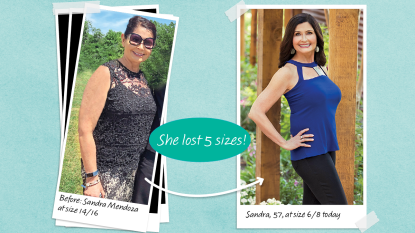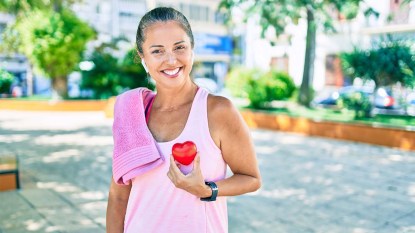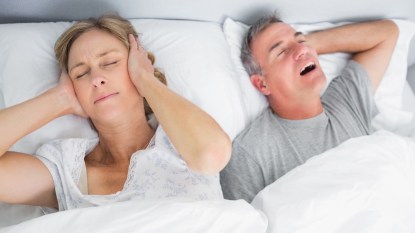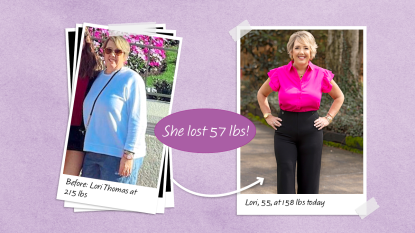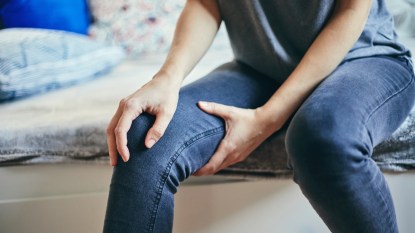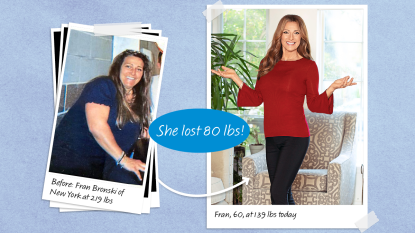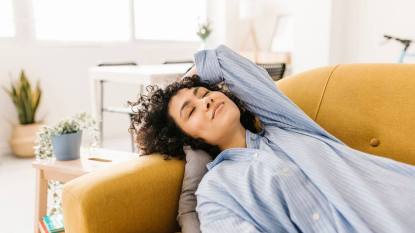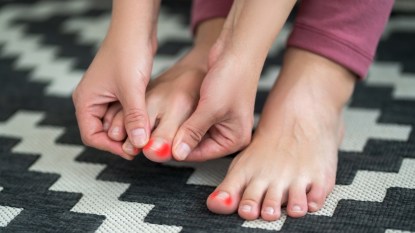Seed Cycling Is the TikTok Trend That May Help Ease Menopause Symptoms Naturally
Learn which seeds to eat (and when) to tame hot flashes, mood swings and more
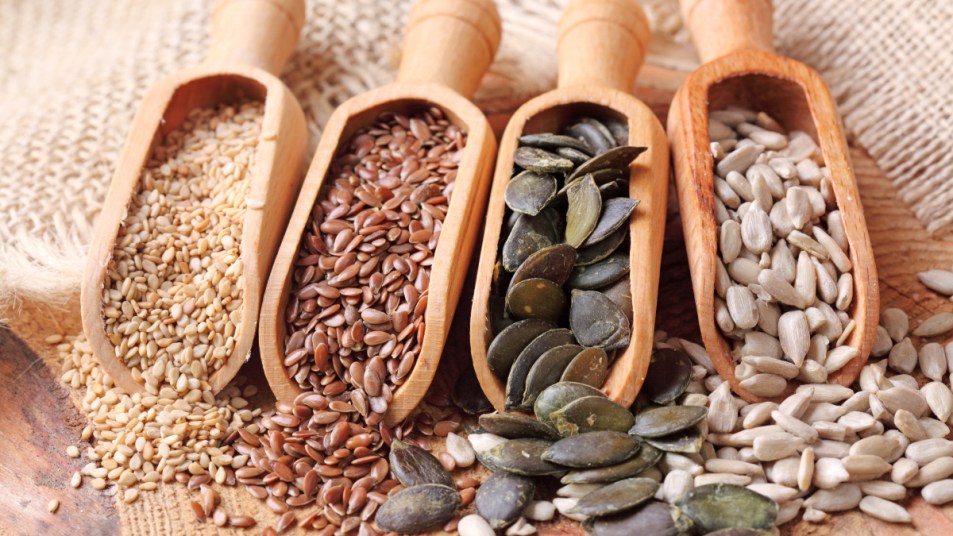
If you’ve spent some time on social media lately, you’ve likely heard about seed cycling. The health trend has been all over TikTok, with women grinding up seeds and adding them to salads and smoothies. But it’s not always clear what seed cycling is or what those seeds can actually do for your health.
“Seed cycling is a food-based approach to supporting hormones,” explains Jolene Brighten, ND, a naturopathic doctor and author of Is This Normal?, a book about health and hormones. “It’s designed to deliver nutrients at specific phases of the [menstrual] cycle.”
Seed cycling is the go-to approach for holistic practitioners like Brighten and women who want to balance their hormones without prescription medications. And it turns out that can be especially helpful when coping with the wild fluctuations that can occur during perimenopause and menopause.
Devotees of this natural method say it can help with everything from mood swings to polycystic ovarian syndrome (PCOS) to hot flashes. But most experts say more research is needed. We talked to both a naturopathic doctor and a traditional MD to find out how the trendy treatment may be able to help.
What is seed cycling?
Seed cycling uses specific seeds to support hormonal balance throughout the menstrual cycle and phases of women’s lives. The practice is rooted in Chinese medicine and aims to balance hormones, alleviate PMS symptoms, regulate menstrual cycles and reduce menopausal symptoms. The stars of the show are pumpkin, sesame, flax and sunflower seeds. Each one is packed with nutrients that play a role in hormonal and overall health.
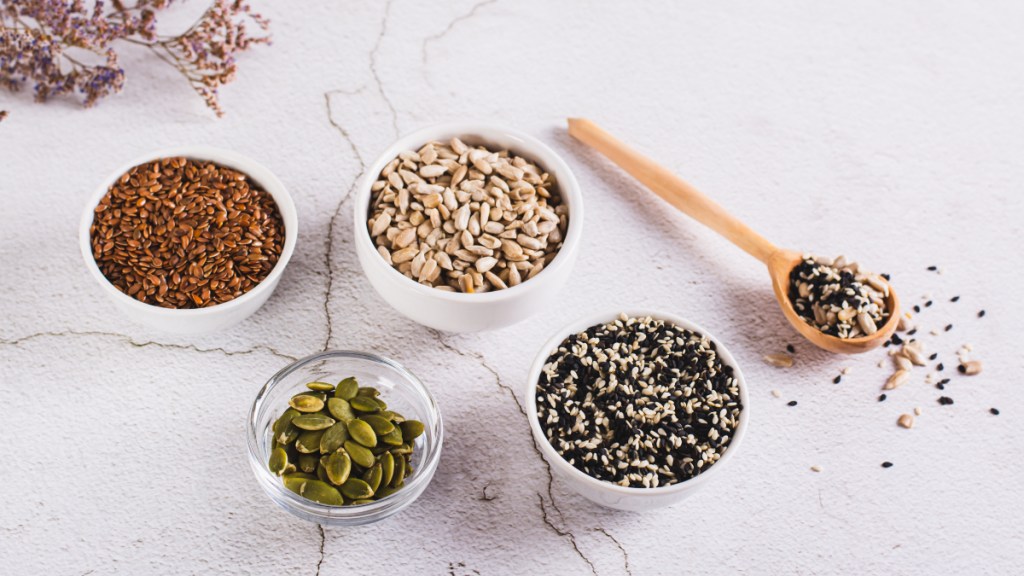
Why natural remedies are trending
The uptick in interest in seed cycling is related to the growing popularity of alternative and complementary approaches to medicine in general. Plus, social media has helped spread the word in the last few years. In fact, seed cycling charts are going viral and reaching even larger audiences.
“I’ve personally been seed cycling for more than ten years,” Brighten says. “Women are drawn to this practice because it not only brings awareness to their cycle and supports self-care, but it’s very simple to do. As more people practice it and experience the benefits, they share it with others, which fuels its popularity across social media.” (Click through to learn how another trendy natural health remedy, cold plunges for menopause, helps ease symptoms, too.)
How seed cycling works
According to Tara Scott, MD, a doctor with Forum Health, whether or not seed cycling can help depends a lot on what you’re experiencing. “When I have a patient with minor cycle abnormalities, I’ll recommend seed cycling,” she says.
That means things like bothersome (but not debilitating) cramps, breast tenderness or mild mood swings that can accompany menopause. “When I have a patient who wants a natural approach, with seed cycling, there’s no chance of side effects. Why not try it?” she says.
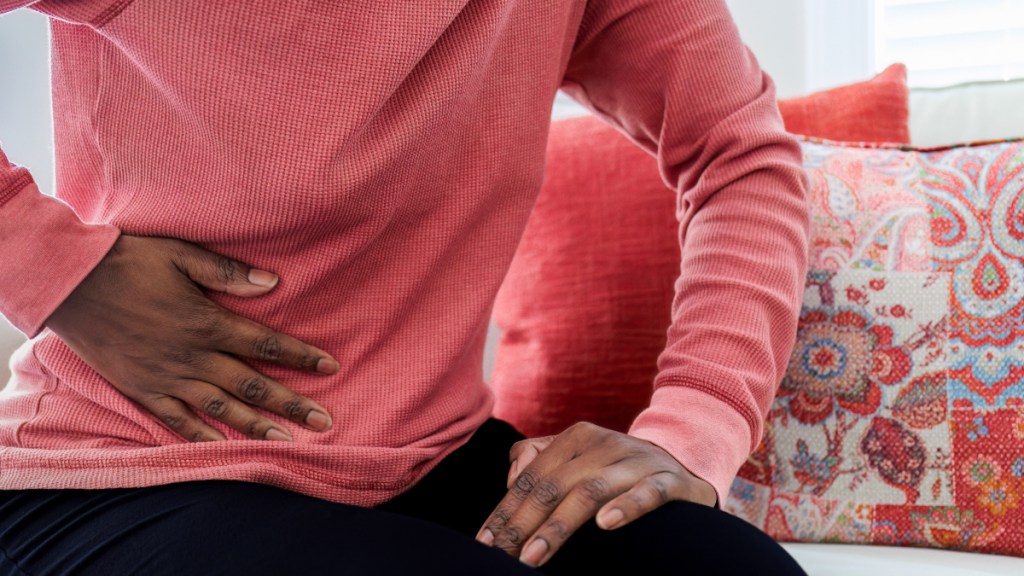
In her practice, she’s seen seed cycling help women who were having extremely heavy periods improve. She’s also had patients add seed cycling to their routine and see their acne lessen and sometimes resolve. (If you’re more bothered by mental symptoms rather than physical ones, click through to learn how to ease menopause brain fog naturally.)
A success story
In a particularly memorable case, Dr. Scott asked a PCOS patient who couldn’t resolve her irregular period or get pregnant to start seed cycling. “I wanted to give her something simple that wouldn’t interfere with her labs.” Soon after, the patient dropped off the radar. “When I finally got her on the phone, she was ecstatic. She was pregnant and said seed cycling was the only thing she changed.”
Dr. Scott thinks the benefits come from phytochemicals and other nutrients in the seeds. “Zinc has been shown to help with painful periods, and pumpkin seeds are very rich in zinc,” she says. But that doesn’t mean the benefits are limited to women in their reproductive years. The hormone-balancing perks of seed cycling may help curb menopause symptoms, too (more on that later).
The science on seed cycling
Most reports of seed cycling benefits are anecdotal. That said, some of the research that exists supports seed cycling for hormonal health. One review looked at the role of polyunsaturated fatty acids (PUFA) in the form of dietary seeds in the treatment of PCOS. Researchers found that omega-3 unsaturated fats found in pumpkin, sesame, flax and sunflower seeds can help manage PCOS without side effects.
Another study in Menopause looked at the potential benefits of flaxseed for menopausal symptoms. Researchers found some improvements in hot flashes and other symptoms, but concluded that more trials are needed. That said, is seed cycling worth trying? (Tip: Click through to learn how balancing your hormones helps ward off osteoporosis, too.)
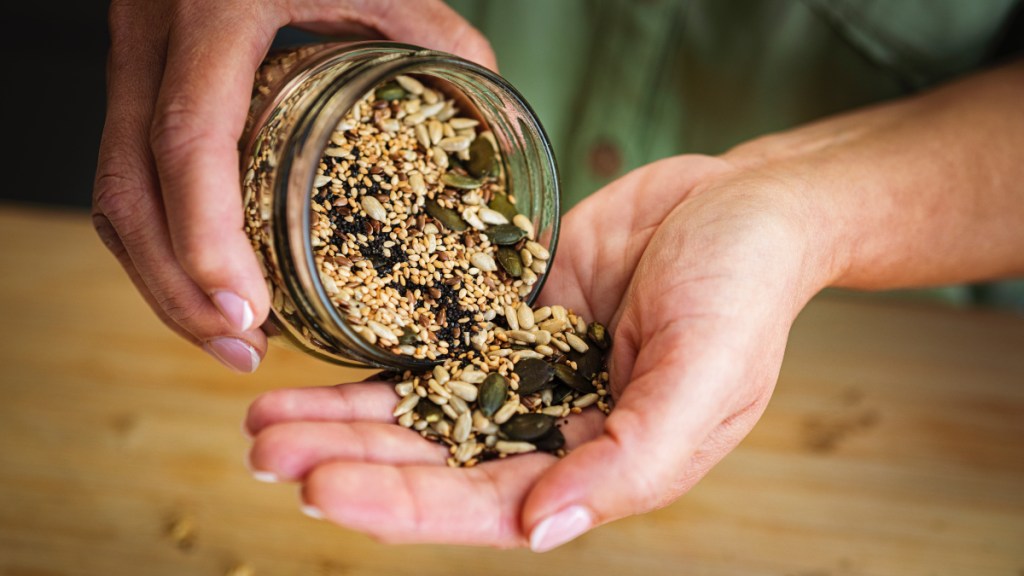
Related: Can Flaxseed Gel Reverse Thinning? Hair Restoration Doctor Weighs In
The benefits of seed cycling in midlife
The miserable symptoms that can come with menopause send many of us in search of relief. But if you’re not yet ready to consider prescription options like hormone replacement therapy (HRT), seed cycling is a good place to start.
“Seed cycling is not a replacement for menopausal hormone therapy, but it can be helpful in menopause because of the effect on the gut,” says Brighten. She says that as estrogen declines in menopause, a woman’s microbial diversity also declines. That may not sound like a big deal, but research suggests changes in gut microbiome diversity after menopause can raise your risk of heart disease and diabetes.
“Consuming these seeds can help support microbial health, which influences overall health and hormones,” Brigthen explains. Many women report that seed cycling eases hot flashes, stabilizes mood swings and improves their sleep — notorious perimenopausal and menopausal troubles. “Anything that’s not going to be harmful and has no side effects, I say try it. And I always encourage food as medicine,” Brighten adds.
For more on the basics of how to seed cycle, check out Brighten’s short video below:
Related: MDs Reveal the Best Natural Ways to Ease the Most Bothersome Menopause Symptoms
How to seed cycle
Getting started is simple. You’ll consume specific seeds during the two distinct phases of the menstrual cycle. For the first half, flax and pumpkin seeds are on the menu, supporting estrogen production. During the second half of your cycle, sesame and sunflower seeds come into play, promoting progesterone production. Here’s a step-by-step guide from Dr. Brighten and Dr. Scott on how to get started.
1. Set your schedule
First, get clear on your menstrual cycle. It’s divided into two main phases:
Follicular phase (days 1-14). Day 1 is the first day of your period. During this phase, you’ll eat 1 Tbs. each of flaxseeds and pumpkin seeds every day.
Luteal phase (days 15-28). This phase starts on the 15th day of your cycle — two weeks after your period starts. During these two weeks, you’ll switch to 1 Tbs. each of sesame seeds and sunflower seeds daily.
Can you still seed cycle if you don’t have a period? Yes! After menopause (or if you don’t have a menstrual cycle for any other reason), you can use the phases of the moon to guide the seed cycle. The new moon is day 1.
2. Prepare your seeds
To get the full benefits, avoid eating the seeds whole. Grinding them makes their nutrients more bioavailable, so it’s best to grind them into fine powder just before consuming them. You can use a coffee grinder or a blender to do this. Keep your ground seeds fresh for a few days by stashing them in a sealed glass container in the fridge or freezer.
3. Eat the seeds
Now for the fun part: eating the seeds! Simply sprinkle your seeds into smoothies, yogurt, oatmeal, salads or soups. Or try making homemade “energy balls” with the seeds you need for the phase you’re in.
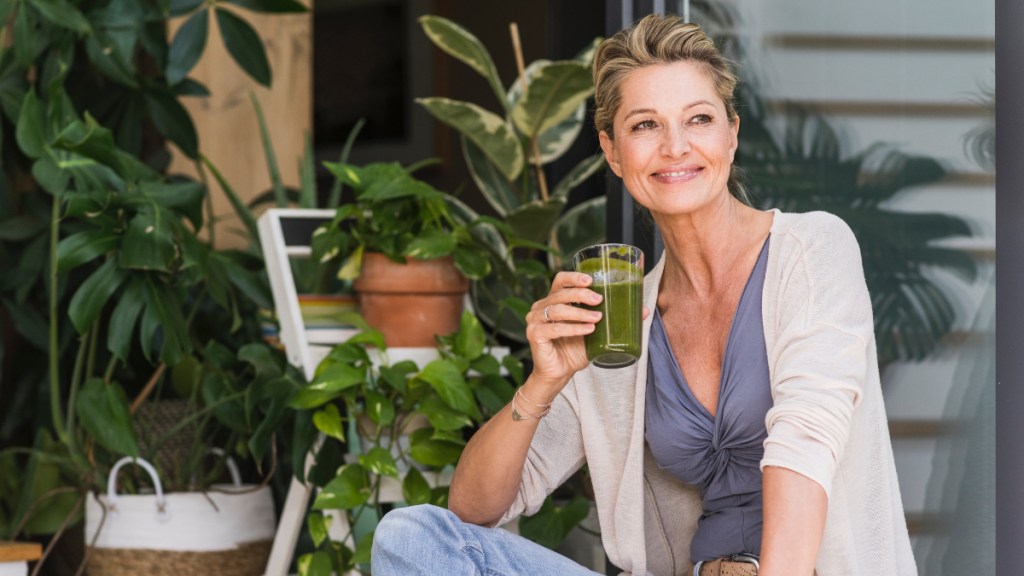
Potential drawbacks of seed cycling
While seed cycling may be bigger than ever, it’s important to take success stories on social media with a grain of salt. Some people are allergic to seeds, warns Dr. Scott. If you’ve never eaten them before, test a very small portion and watch your response.
And while seeds are extremely nutrient-dense, they’re also calorie-dense. It might make sense to measure out 1 Tbs. (rather than eyeballing it) to avoid accidentally overindulging if you’re watching your calorie or fat intake.
“I’m not saying seed cycling is a cure or the one thing that will change everyone’s health, but people have had some really amazing stories with seed cycling,” Brighten says.
For more ways to ease menopause symptoms naturally:
MDs Reveal the Best Natural Ways to Ease the Most Bothersome Menopause Symptoms
It’s Not Your Imagination: Menopause Brain Fog *Is* Real — MDs Reveal How to Sharpen Your Thinking
Study: A Cold Plunge Eases Hot Flashes, Mood Swings + More Menopause Symptoms — How to Get the Perks
This content is not a substitute for professional medical advice or diagnosis. Always consult your physician before pursuing any treatment plan.


